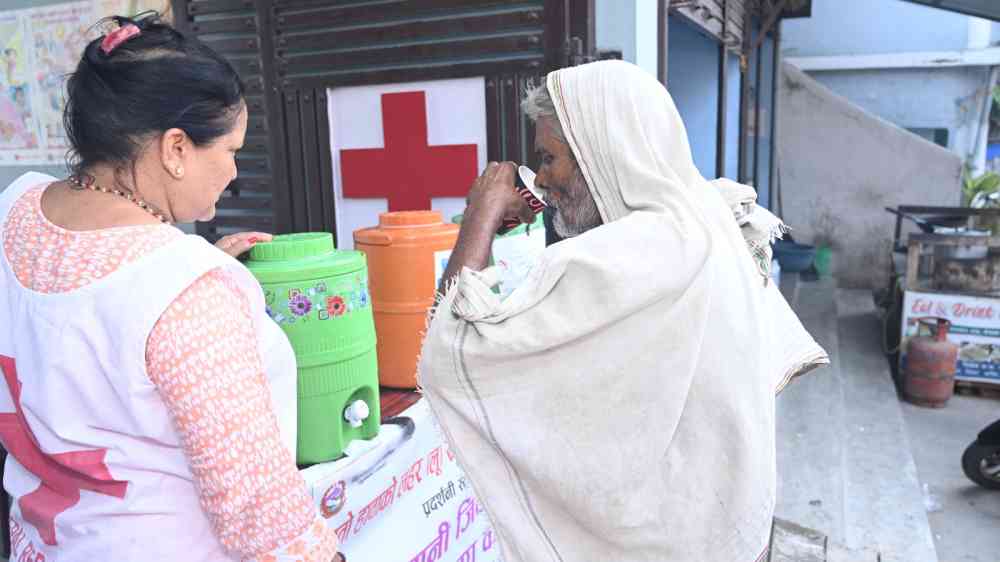Warming world, deadly problem: Heat-related deaths are surging

Early on the evening of August 22, 2024, Jeff Howard was preparing dinner in his northeast San Antonio home while the local TV news played quietly in the background.
"A developing story now. Police find a homeless woman dead on the sidewalk," the news anchor said.
At this, Howard dropped what he was doing and hurried closer to the TV.
"The cause is believed to be from the extreme heat."
Howard knew that was likely because a high-pressure system known as a heat dome had recently moved over South Texas. The meteorological phenomenon acts like a closed oven door, trapping a roiling mass of hot air below. The official temperature that day had reached 106 degrees Fahrenheit (41°C) - 12 degrees higher than average for that date. The dead woman was later identified as 46-year-old Jessica Witzel.
Although Howard didn't know her, Witzel's death hit him hard.
"It was right here in San Antonio," he said. "A specific person gives the numbers a name and a face."
A tragic example of a growing trend
Howard is a numbers guy by profession. An associate professor of public health at the University of Texas at San Antonio - a 15-minute drive from where Witzel died - Howard specializes in using large data sets to understand acute and long-term health consequences from exposure to traumas of all sorts.
Heat-related deaths were already uppermost on his mind that evening. He was the lead author of a study about to be published in the Journal of the American Medical Association. "Trends of Heat-Related Deaths in the US, 1999-2023" was the first scientific paper to document an abrupt, steep rise in heat-related deaths across the country, one that is likely linked to climate change.
The study found that between 1999 and 2023, the heat-related mortality rate - the number of deaths per 100,000 people - rose by 63%. But the data showed something even more disturbing: The trend is rapidly accelerating.
"The death rate," Howard said, "has risen 117% in the last seven years."
Sara Meerow is an urban heat expert at Arizona State University in Tempe, a city just to the east of Phoenix in Maricopa County. Last year, 645 heat-related deaths were recorded in the county. Heat deaths have long been considered a problem largely confined to the Phoenix metro area, Meerow said.
But Howard's research "suggests that increases in the number of heat-related deaths over the past few years in Phoenix, Arizona, are part of a national trend," she said.